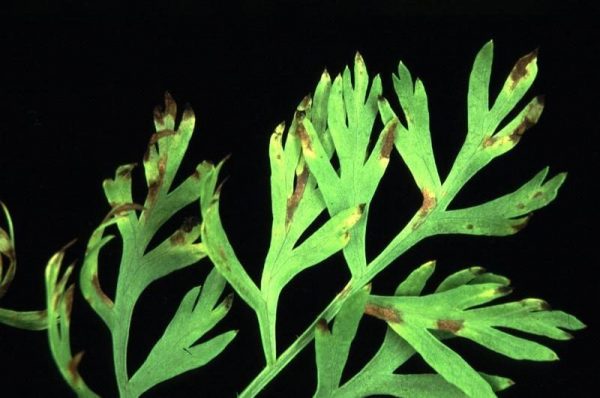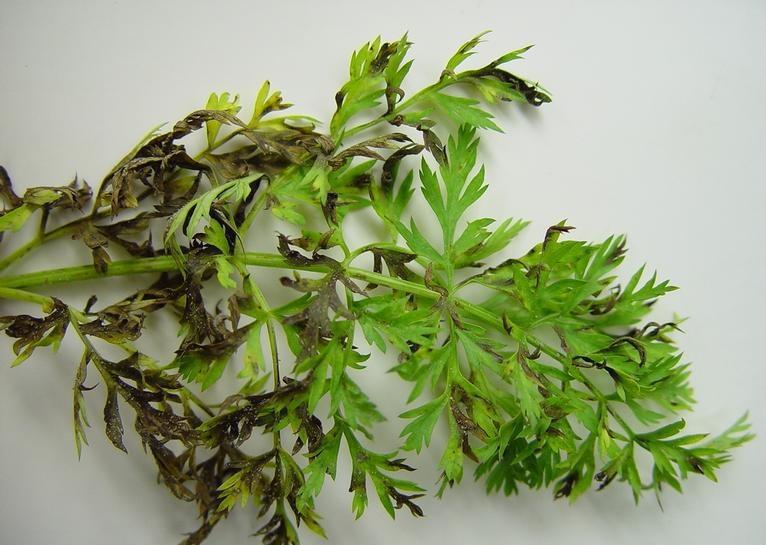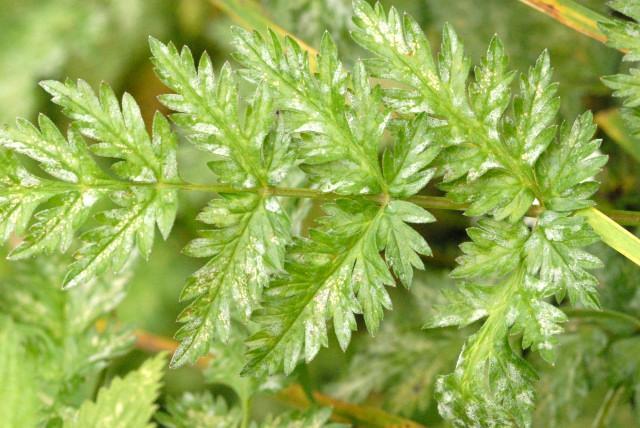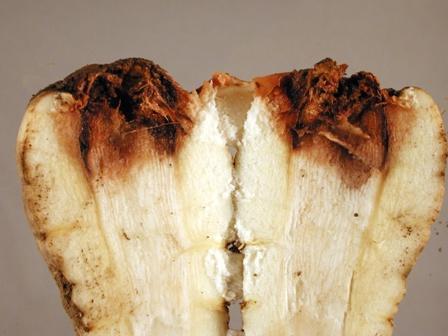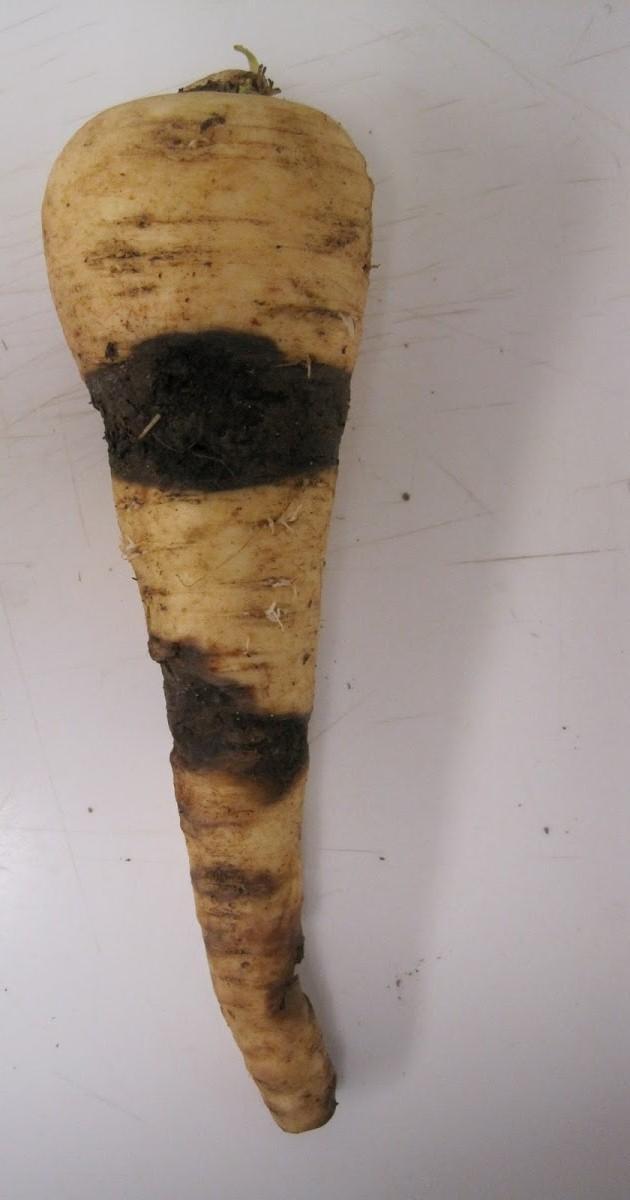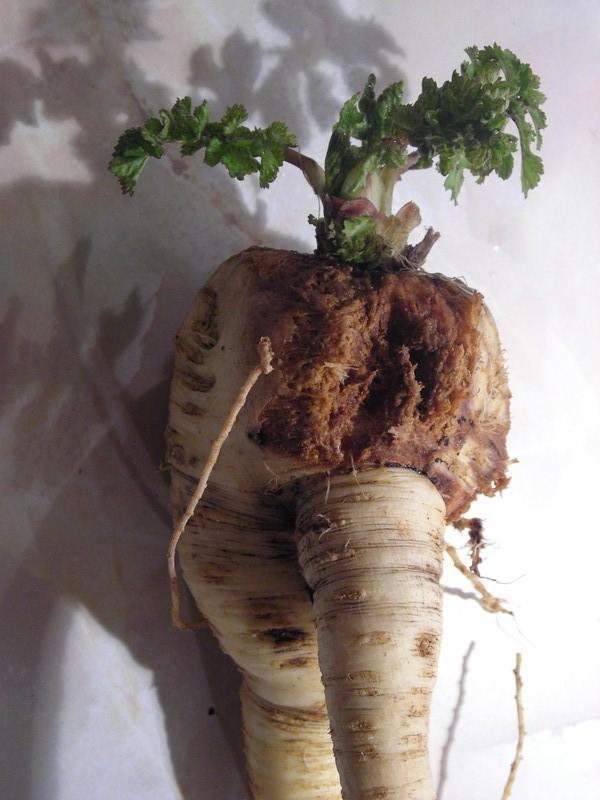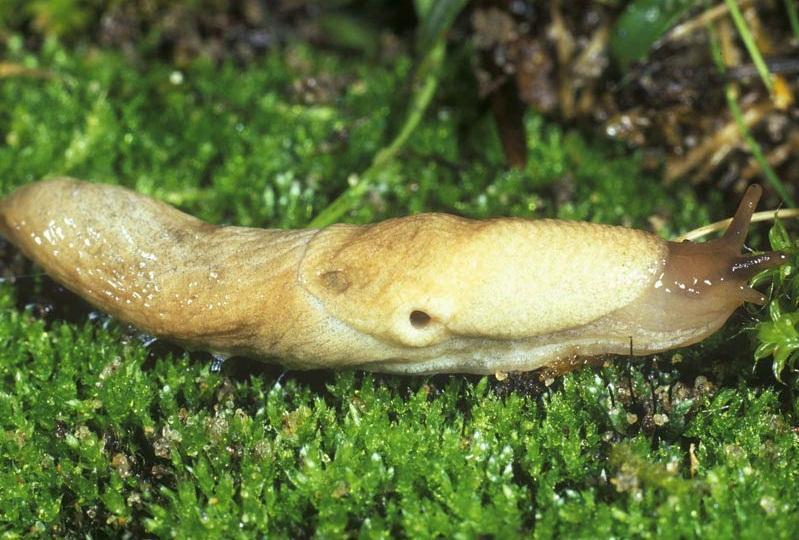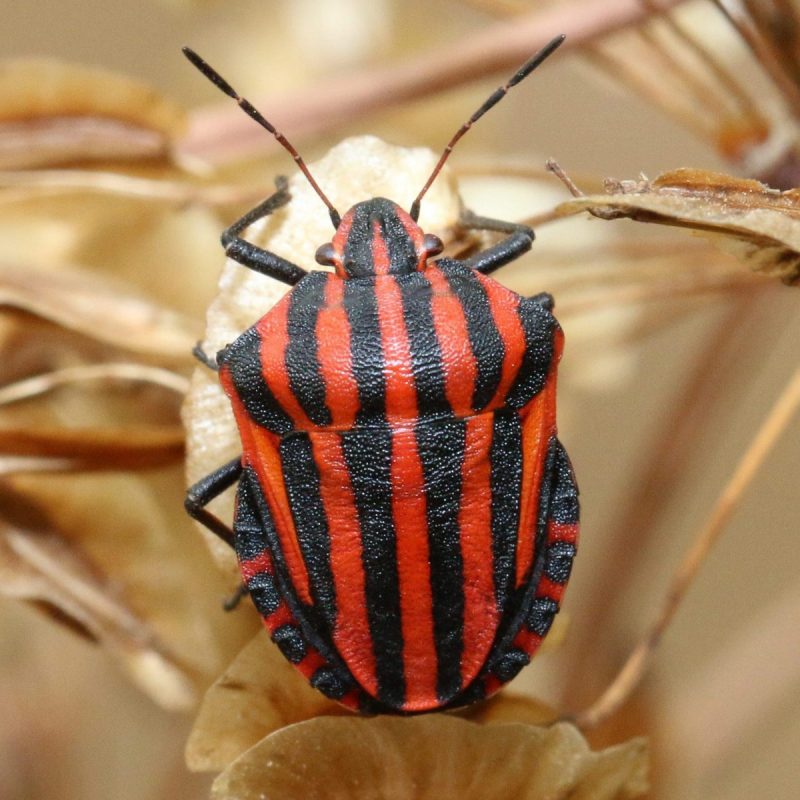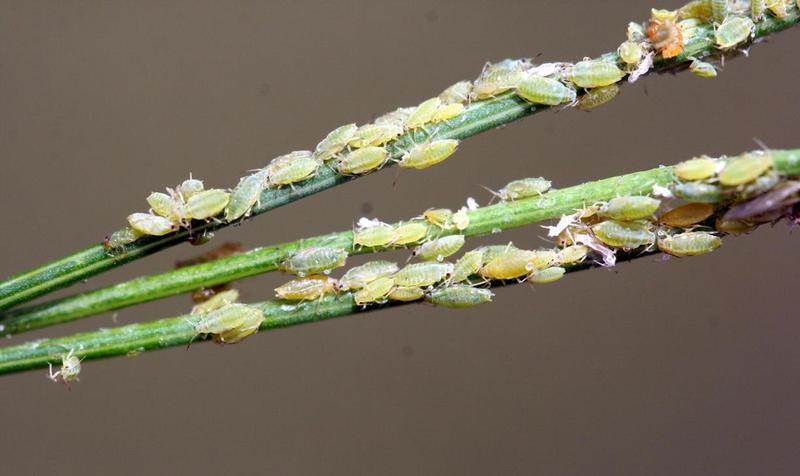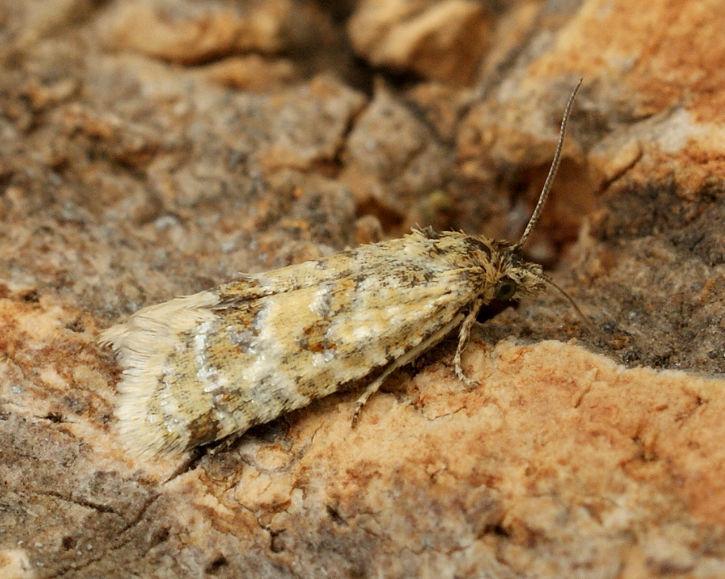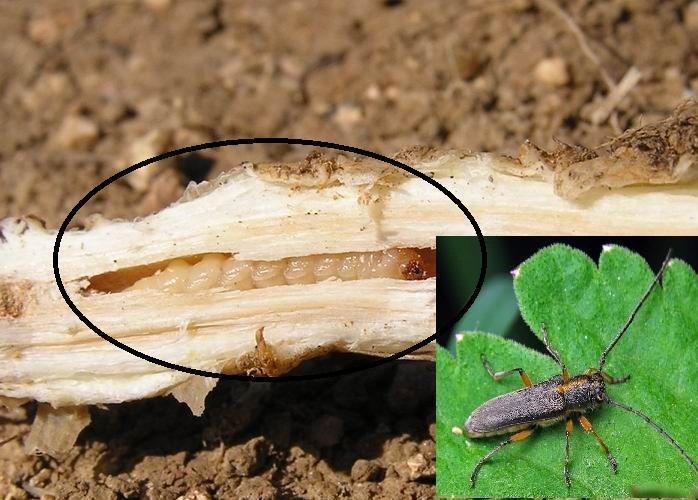Parsnip, treatments against pests and diseases

Parsnip (Pastinaca sativa) is a root plant that belongs to the Apiaceae (Umbelliferae) family. It is cultivated for its aromatic roots, with a specific taste. The plant is native to southern Europe, where it grows spontaneously. It was introduced to the culture 400 years ago and is now spread all over the globe. The plant is very common in culture due to its specific aroma, but also its high content of nutrients. Parsley root contains lipids, carbohydrates, dietary fiber, protein, calcium, iron, magnesium, and vitamins (A, D, B-12, C, B6). The parsnip crop can be affected by pests and diseases, against which it’s important to apply the right treatments.
The main diseases of parsnip
Bacteriosis
Bacterial blight of carrot (Xanthomonas campestris pv. carotae)
Disease symptoms include yellowing and wilting of the plant. As the disease progresses, irregular, brownish spots appear on the leaves. Elongated, brownish spots also appear on leaves petiole.
Prevention and control measures:
- using healthy parsnips from safe sources;
- practicing a rational crop rotation;
- performing parsnip treatments with specific fungicides.
Mycosis
Carrot leaf blight (Alternaria dauci)
Small brown spots appear on the edge of the leaves, surrounded by a yellow area. These subsequently lead, in severe cases, to tissue death and complete drying of the leaflets. Mature leaves are affected first and are more susceptible to leaf blight than young leaves. The root remains generally unaffected. Affected leaves will fall slightly, making mechanical harvesting difficult.
Prevention and control measures:
- destroying affected plant debris;
- parsnip treatments with specific fungicides.
Recommended products
-
You can find products on a different store
Change Store -
You can find products on a different store
Change Store -
You can find products on a different store
Change Store -
You can find products on a different store
Change Store -
You can find products on a different store
Change Store -
You can find products on a different store
Change Store -
You can find products on a different store
Change Store -
You can find products on a different store
Change Store -
You can find products on a different store
Change Store -
You can find products on a different store
Change Store -
You can find products on a different store
Change Store -
You can find products on a different store
Change Store -
You can find products on a different store
Change Store -
You can find products on a different store
Change Store -
You can find products on a different store
Change Store -
You can find products on a different store
Change Store -
You can find products on a different store
Change Store -
You can find products on a different store
Change Store -
You can find products on a different store
Change Store -
You can find products on a different store
Change Store -
You can find products on a different store
Change Store -
You can find products on a different store
Change Store -
You can find products on a different store
Change Store -
You can find products on a different store
Change Store
Gray mold (Botrytis cinerea)
The attack is present in years with heavy rainfall. The first obvious symptom is the sudden wilting of succulent tissues (stems, roots, and young leaves). If the humidity remains high for a long period (several days), the fungus fructifications may appear on the affected tissues. These take the form of a whitish-brownish fluff.
Prevention and control measures:
- avoiding sprinkler irrigation;
- sorting parsnip roots before storage;
- carrying out parsnip treatments with specific fungicides during the growing season.
Recommended products
-
You can find products on a different store
Change Store -
You can find products on a different store
Change Store -
You can find products on a different store
Change Store -
You can find products on a different store
Change Store -
You can find products on a different store
Change Store -
You can find products on a different store
Change Store -
You can find products on a different store
Change Store -
You can find products on a different store
Change Store -
You can find products on a different store
Change Store -
You can find products on a different store
Change Store -
You can find products on a different store
Change Store -
You can find products on a different store
Change Store -
You can find products on a different store
Change Store -
You can find products on a different store
Change Store -
You can find products on a different store
Change Store -
You can find products on a different store
Change Store -
You can find products on a different store
Change Store -
You can find products on a different store
Change Store -
You can find products on a different store
Change Store -
You can find products on a different store
Change Store -
You can find products on a different store
Change Store -
You can find products on a different store
Change Store -
You can find products on a different store
Change Store -
You can find products on a different store
Change Store
Powdery mildew (Erysiphe umbelliferarum)
Powdery mildew occurs in dry and hot weather. The leaves of attacked plants are covered with a white, powdery mycelium. If the weather conditions are favorable, the affected tissues become necrotic. At the end of the growing season, the mycelium changes color to gray. Small black spots appear on the mycelium, representing the fungus fructification. During the growing season, the fungus is transmitted through spores, and from one year to another through the fungus fructification that resists in plant debris.
Prevention and control measures:
- using healthy parsnips;
- destroying plant debris;
- carrying out parsnip treatments with specific fungicides.
Recommended products
-
You can find products on a different store
Change Store -
You can find products on a different store
Change Store -
You can find products on a different store
Change Store -
You can find products on a different store
Change Store -
You can find products on a different store
Change Store -
You can find products on a different store
Change Store -
You can find products on a different store
Change Store -
You can find products on a different store
Change Store -
You can find products on a different store
Change Store -
You can find products on a different store
Change Store -
You can find products on a different store
Change Store -
You can find products on a different store
Change Store -
You can find products on a different store
Change Store -
You can find products on a different store
Change Store -
You can find products on a different store
Change Store -
You can find products on a different store
Change Store -
You can find products on a different store
Change Store -
You can find products on a different store
Change Store -
You can find products on a different store
Change Store -
You can find products on a different store
Change Store -
You can find products on a different store
Change Store -
You can find products on a different store
Change Store -
You can find products on a different store
Change Store -
You can find products on a different store
Change Store
Fusarium blight (Fusarium avenaceum)
Fusarium causes dry rot. It generally occurs between the base of the leaves and the upper part of the roots. Affected areas begin to dry out, and then turn a dark brown color. As the attack progresses, the affected parts dry out and harden. In damp conditions, a pink mycelium develops on the surface. The rot starts in the crown area and then spreads to the rest of the plant.
Prevention and control measures:
- destroying and burning the debris after harvesting;
- carrying out parsnip treatments with specific fungicides.
White mold (Sclerotinia sclerotiorum)
The disease is common in root crops, but the biggest damage is reported in deposits. Improper storage can result in losses of up to 25%. The attack starts in the field, the basal part of the plants is covered with white fuzz. If the weather conditions are favorable (hot and humid weather), the plants can be destroyed. In the warehouse, a white-gray mycelium develops on the injured roots. On this mycelium, the fungus fructification develops, represented by sclerotia (black and round). In the warehouse, the disease is transmitted by direct contact.
Prevention and control measures:
- crop rotation;
- storage in optimal conditions;
- growing resistant parsnip varieties;
- performing treatments with specific fungicides.
White tip of leek (Phytophthora porri)
The disease manifests itself on the roots in the form of black-brown moist strips. The affected tissue becomes rubbery or soft. Signs of infection may sometimes appear in the field, but in most cases, symptoms are visible immediately after harvest. The disease continues to develop in storage at low temperatures. In damp conditions, a dense white mold develops. This disease is associated with poor soil drainage.
Prevention and control measures:
- balanced fertilization;
- rational irrigation;
- avoiding soils with excessive humidity;
- chemical treatments with specific fungicides.
Parsnip canker (Itersonilia pastinacae)
The fungus attacks cultivated umbellifers, wild umbellifers, and some wild crucifers. This disease is favored by low temperatures and high humidity. The first symptoms appear in the crown area as pinkish-brown spots. Other pathogens develop on the affected tissues, causing root rot. The disease can also affect the aerial parts of the plant. Brown lesions appear on the leaves, surrounded by a green halo. Brown spots appear at the base of the petiole. The fungus lives on plant debris on the soil surface and is transmitted by several vectors.
Prevention and control measures:
- avoiding excessive irrigation;
- growing resistant parsnip varieties;
- correct crop rotation;
- weed control;
- gathering and destroying plant debris after harvest.
The main pests of parsnip
Nematodes
It develops 1-3 generations per year and overwinters as an egg in plant debris or soil. It is a polyphagous species which attacks over 350 different species of plants. The nematode settles in the main roots of the plant. The attack results in excessive branching of the main root. This phenomenon is considered a plant defense reaction. Thus, the roots deform and lose their commercial appearance.
Control methods:
- soil treatments with specific products.
Slug (Deroceras agreste)
Slug is a polyphagous species that attacks many vegetable plants, flowers, vines, etc. It causes great damage to vegetable crops. It perforates leaves, gnaws petioles and can attack the crown area.
Control methods:
- treatments with specific products.
Recommended products
-
You can find products on a different store
Change Store -
You can find products on a different store
Change Store -
You can find products on a different store
Change Store -
You can find products on a different store
Change Store -
You can find products on a different store
Change Store -
You can find products on a different store
Change Store -
You can find products on a different store
Change Store -
You can find products on a different store
Change Store -
You can find products on a different store
Change Store -
You can find products on a different store
Change Store -
You can find products on a different store
Change Store -
You can find products on a different store
Change Store -
You can find products on a different store
Change Store -
You can find products on a different store
Change Store -
You can find products on a different store
Change Store -
You can find products on a different store
Change Store -
You can find products on a different store
Change Store -
You can find products on a different store
Change Store -
You can find products on a different store
Change Store -
You can find products on a different store
Change Store -
You can find products on a different store
Change Store -
You can find products on a different store
Change Store -
You can find products on a different store
Change Store -
You can find products on a different store
Change Store
Striped bug (Graphosoma lineatum)
It is a univoltine species, overwintering as an adult in the forest vegetation, in orchards, or on plant debris on the soil surface. Larvae and adults attack plants, destroying flowering shoots, causing flower abortion, or preventing plant growth.
Control methods:
- balanced fertilization;
- weed control;
- performing treatments with specific insecticides.
Dock bug (Coreus marginatus)
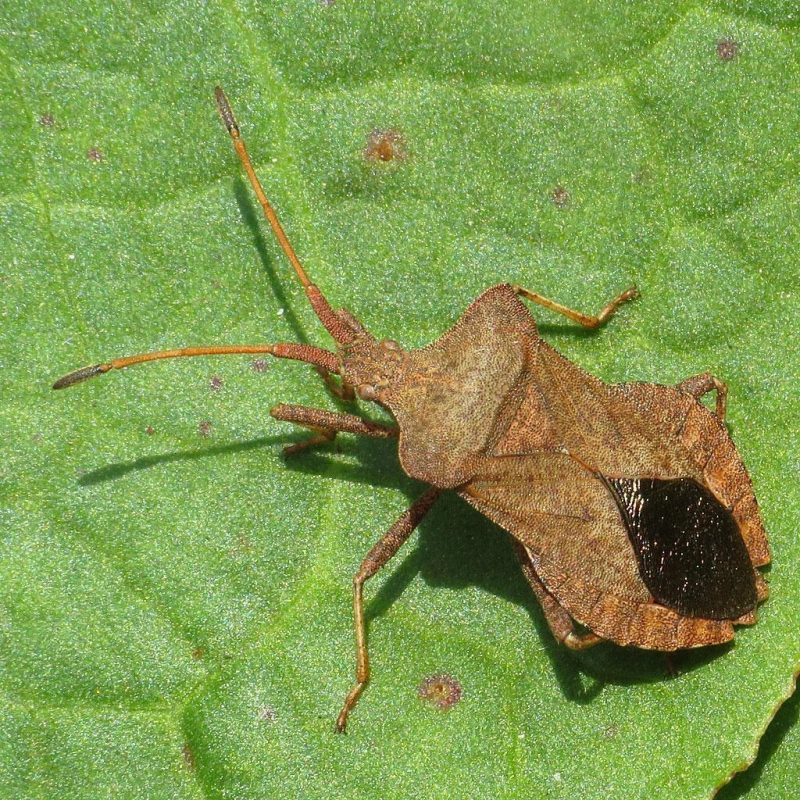
It has one generation per year and overwinters as an adult in the field or in the woods. It is a polyphagous species and can attack all plant organs. In case of a severe attack, it causes the seeds to dry up, the leaves to dry out and the plant to stop growing.
Control methods:
- balanced fertilization;
- weed control;
- performing treatments with specific insecticides.
Aphids
They are polyphagous species that migrate from one plant to another or from one species to another. They grow on spontaneous flora and then move on to cultivated species. Aphids occur as a colony on the underside of leaves, flowers, or inflorescences and young shoots. Insects sting and suck the sap, causing stress to the plant. In case of a severe attack, it causes the death of the plant.
Control methods:
- using sticky traps;
- specific insecticide treatments.
Silver carrot conch (Aethes williana)
It develops one generation a year and overwinters as a mature larva in the soil, in carrot roots, or various sheltered places. The larvae burrow into the stems and dig galleries in the root zone, then enter the roots. In the wounds caused by the larvae, pathogens settle and cause root rot.
Control methods:
- performing treatments with specific insecticides.
Phytoecia icterica
It has one generation per year and overwinters as a larva in the roots of carrots, parsnips, etc. Females lay eggs in the ground near the roots. After hatching, the larvae enter the roots, where they dig galleries in the central cylinder. The roots rot as a result of the attack. In case of severe attacks, yield can be significantly reduced.
Control methods:
- gathering and destroying plant debris after harvest;
- correct crop rotation;
- performing treatments with specific insecticides.
Carrot fly (Chamaepsila rosae)
It has two generations per year and overwinters as a pupa in the plant debris from the soil surface. Females lay eggs in the ground near the plants. After hatching, the larvae enter the roots, where they dig galleries. Attacked plants die or develop small, inedible roots. Microorganisms can settle in the wounds produced by the larvae, leading to tissue rot.
Control methods:
- destruction of plant debris, after harvest;
- removal of attacked plants from the crop;
- treatments during the growing season with specific insecticides.














































































































































































































































































































































































































































